The September 2025 Consumer Price Index report, released Friday, showed that consumer prices across the U.S. ticked up just 0.3% last month. That’s a slight slowdown from August and brings the national year-over-year inflation rate to 3%.
But for anyone buying groceries in Beaverton or paying rent in Southeast Portland, the story feels a bit different. While national trends provide a useful benchmark, here at Stumptown Savings, we zero in on what Portlanders are feeling on the ground. It’s a tale of two realities.
The Big Picture vs. Our Backyard
Nationally, the 3% annual inflation rate is what you'll see in the headlines. However, the Bureau of Labor Statistics data also provides a regional view, and that’s where our local story begins to emerge.
The data shows that the West — a 12-state region including Oregon — has the highest overall inflation rate in the country, with prices up 3.3% over the past year. But the story gets even more specific. The West is divided into two sub-regions, and the difference is stark:
Pacific Region (That's Us!): In Oregon, Washington, California, Alaska, and Hawaii, annual inflation is running at 3.5%, the highest in the nation.
Mountain Region: Meanwhile, our neighbors in states like Idaho, Arizona, and Colorado saw a more moderate inflation rate of 2.9%, below the national average.
The takeaway is clear: Prices are rising faster for us here in the Pacific Northwest than almost anywhere else in the country.
Decoding the Dinner Table

While national averages tell one story, taking a closer look at how pricing of individual items in Portland area grocery stores change reveals there’s more to those topline numbers. (Bryan M. Vance/Stumptown Savings)
Nowhere is this inflation felt more personally than in our food budgets. The official CPI report for the West shows grocery prices ("food-at-home") climbed 3.1% over the past year. Just last month, the data showed a mixed but relatively stable picture: the price for "meats, poultry, fish, and eggs" rose 1.5%, dairy prices were completely flat, and the fruits and vegetables category actually saw a price decrease of 1.1%.
On the surface, that sounds like relief.
But that’s not what happened at the checkout counter in Portland. Our Portland Price Tracker, which follows the cost of 20 staple items, tells a much different story. That "modest" 1.5% increase in meat across the West? It felt like a 14.04% jump on ground beef here. While regional dairy prices were flat, a gallon of whole milk in Portland shot up 5.45%. And while the overall fruit and vegetable category was down, a head of romaine lettuce cost 6% more.
Anatomy of an Average
To see just how misleading a regional average can be, we need only look at the egg aisle.
The official BLS data lumps eggs into that broad category that rose 1.5%. But a closer look at the 3,500+ individual egg prices we tracked across Portland since April reveals a chaotic reality. The good news? The city-wide average price for a dozen eggs actually decreased by $0.08, from $6.14 in August to $6.06 in September.
But that average is hiding the drama. Shoppers at Safeway and Roth's Fresh Markets saw prices drop by more than $0.20 per dozen. Meanwhile, customers at Barbur World Foods saw an increase of $0.49 per dozen, and Safeway’s corporate sister, Albertsons, increased egg prices by an average of $0.33 per dozen last month.
The type of egg mattered, too. While organic and free-range got cheaper, cage-free ticked upward.
This data may help explain why your personal reality doesn’t always match the averages reported national or locally. It all comes down to where you shop and what you buy.
For Portland-area shoppers, understanding these local details is key. While it’s encouraging to see national inflation moderate, our reality requires a sharper eye on our budgets as we continue to navigate these specific, local price pressures.

Want To Save Even More?
Savers Club members get access to exclusive guides (like the popular seasonal produce guides), deeper deal analysis, and the full searchable archive of every tip and resource I've ever published. Join today for just $8/month or $80/year (that gets you two months free!).







